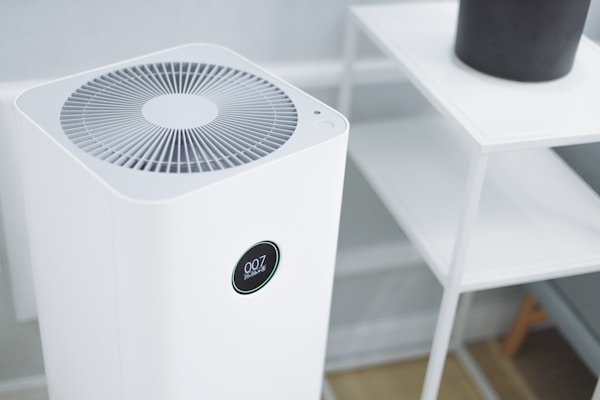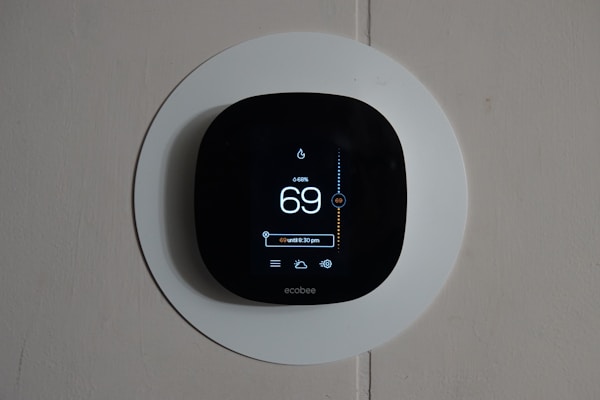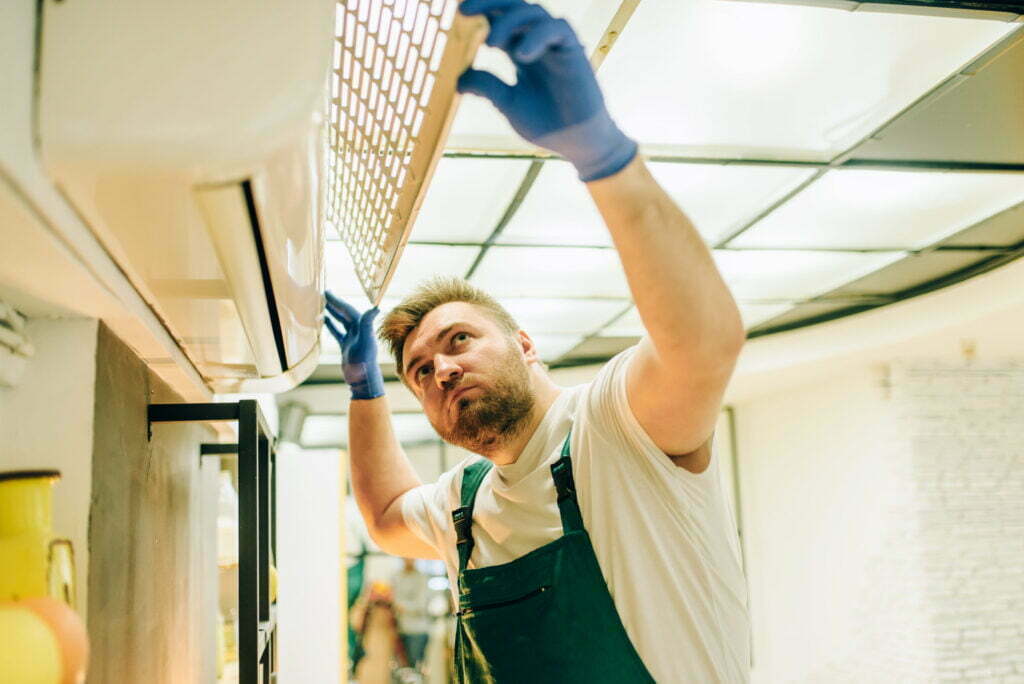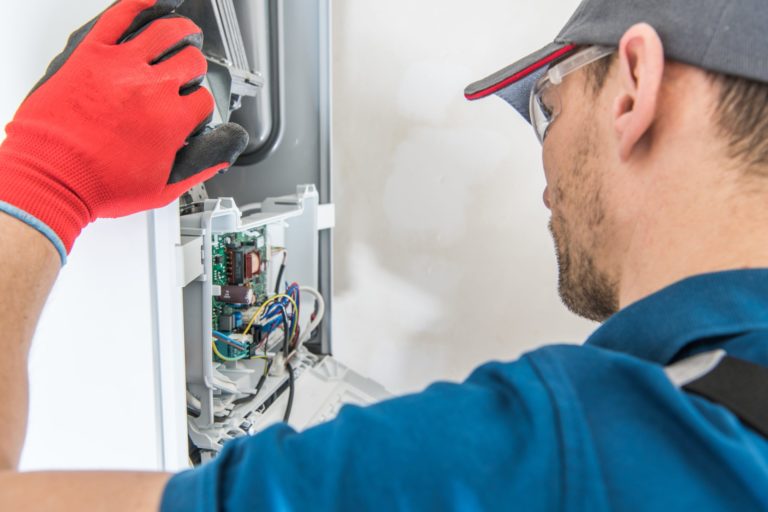Your home’s air conditioner is one of the most important pieces of equipment you have. It helps to keep you and your family comfortable during the hot summer months, and it can also noticeably reduce your energy bills if your system is efficient. However, even an air conditioner that is well maintained may malfunction from time to time. There are many common problems that HVAC systems experience, most of which have easy fixes. One of these issues is an AC blower that isn’t operating properly, which should be addressed as soon as possible. If you want to learn more, read on to find out how to inspect and troubleshoot an AC blower that is not working.
How to inspect and troubleshoot an AC blower not working?

In order to inspect and troubleshoot an AC blower not working, you need to first understand the components of a typical air conditioning system. The main component in this system is the compressor, which pumps coolant through the evaporator coil, condenser coil, and expansion valve. This coolant absorbs heat from within your home or office before being sent back outside. Attached to each of these coils are fans called blowers that circulate the cooled air. When one or more of these blowers stops working, it can cause several problems.
If your AC blower isn’t working, start by giving the unit a quick look over. Check all of its connections for any signs of damage or corrosion. If there are broken wires, loose terminals, or damaged connectors then they must be replaced so that power can flow properly through them again. It is also necessary to ensure that all fuses and circuit breakers associated with the fan motor have not been blown out due to an electrical issue. Once you’re sure that everything is connected correctly, you should call a technician so they can do a more thorough inspection.
Common causes for this issue include debris buildup inside blades or housing units, belts & pulleys that are not well-lubricated or burnt-out capacitors. Parts like old brushes and springs may need to be replaced as well if they’ve been worn down. Generally, it’s best to have a technician do this work, as it can be dangerous if you don’t know what you’re doing.
What else can you do to keep your home cool?

There’s no doubt that a functioning air conditioner is the most effective way to cool your home, but that doesn’t mean there aren’t other things you can do too. For example, proper ventilation is required if you want to maximize your comfort. Ventilation keeps your home’s air clean and fresh, and it can reduce the risk of mold and mildew growth. Poor ventilation can lead to stuffy, uncomfortable air, which can affect your ability to sleep. On the other hand, a well-ventilated home can even minimize the presence of dust, pollen, and other allergens.
If you want to be able to control the temperature inside your home more precisely, then you should think about upgrading to a smart thermostat. Not only does it save you money on your energy bill, but it can also ensure a temperate home environment. Smart thermostats are able to do this by learning your preferences and adjusting accordingly. Your thermostat can provide you with valuable insights into your energy usage too by tracking your energy habits, so you can even optimize your usage to be as eco-friendly as possible.
Overall, inspecting and troubleshooting an AC blower not working is an essential process in order to ensure the longevity of the air conditioning unit and its parts. This process should involve checking the power source, inspecting the blower for any signs of damage, and replacing any components to get it working again. While you should be able to perform a cursory inspection on your own, if the problem isn’t simple to fix and immediately apparent, your best bet is to call a technician. Follow the tips in this article and you can be sure that your AC will be providing peak performance all year round.





